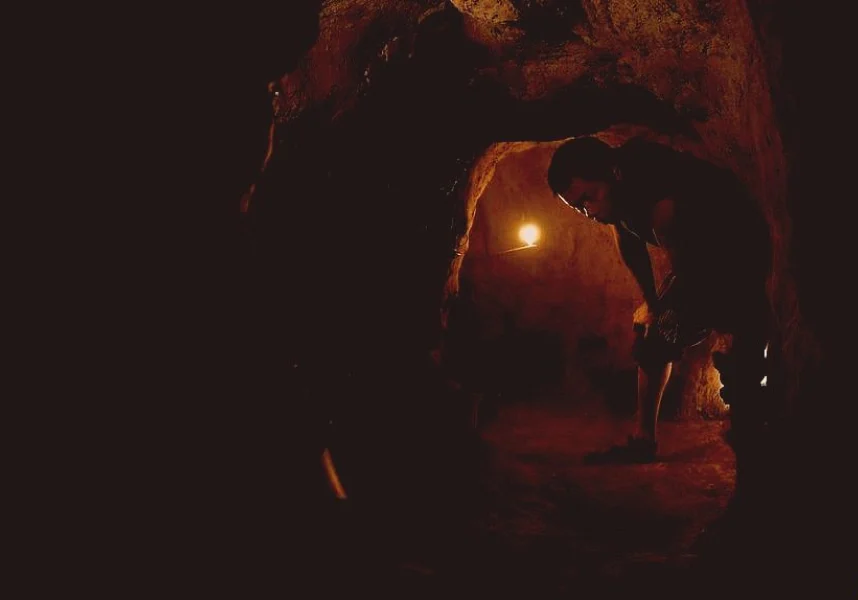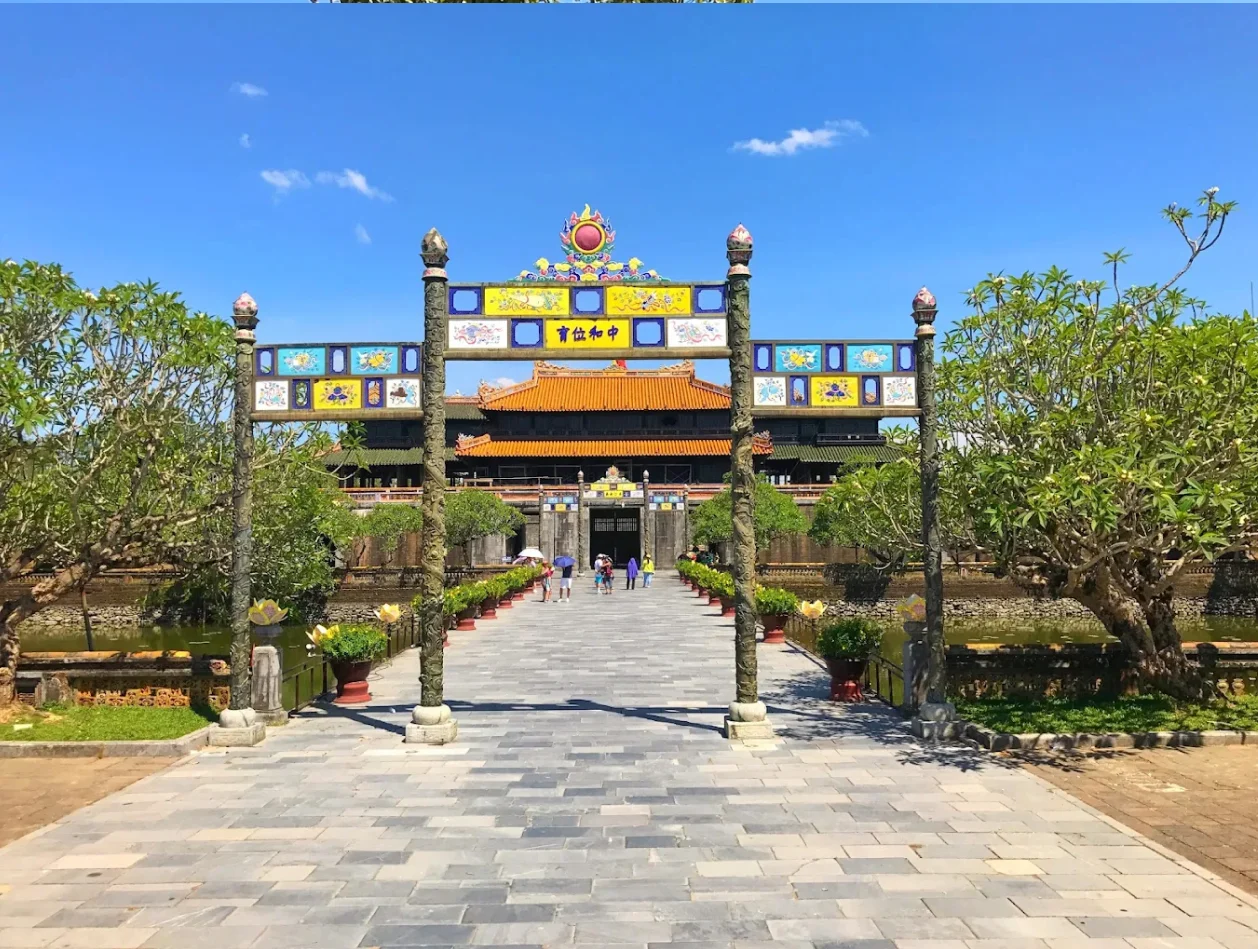
Cu Chi Tunnels Experience: Vietnam War History & Underground Adventure
Just 70 km from Ho Chi Minh City, the Cu Chi Tunnels stand as one of Vietnam’s most powerful symbols of resilience and ingenuity during the Vietnam War. This isn’t just a historical site — it’s a living museum beneath the earth, where you can step into the very tunnels that sheltered, protected, and empowered Vietnamese soldiers decades ago.
1. The Road to Cu Chi
The journey began with a motorbike ride from bustling Saigon, through peaceful countryside roads lined with coconut trees and rice paddies. The air turned fresher with every kilometer — it felt like entering a different world, one where time slowed down and stories whispered from the past.
Passing through small villages, seeing humble homes among the fields, I could almost picture wartime life — ordinary farmers by day, brave defenders by night. It was humbling and deeply moving.
2. Exploring the Underground Maze
The Cu Chi Tunnels form a complex network of underground passages — stretching for more than 120 kilometers. Inside, you’ll find reconstructed living quarters, kitchens, weapon storages, hospitals, and hidden trapdoors.
Crawling through the narrow tunnels, I felt the heavy air, the earthy scent, and the darkness closing in. It was claustrophobic but unforgettable — a powerful glimpse into the harsh reality faced by Vietnamese soldiers.
One of the most fascinating areas was the underground kitchen, designed to hide smoke and keep the soldiers safe. Imagining how people cooked, slept, and planned battles here — right beneath enemy feet — filled me with awe.
3. Learning War Tactics & History
Our guide passionately explained the guerrilla warfare techniques, including hidden traps, secret entrances, and ventilation systems disguised as termite mounds. These creative survival strategies turned the tunnels into a self-sustaining underground city.
Seeing the recreated bamboo traps and spike pits, I shivered — they were both terrifying and ingenious. The tour wasn’t just educational; it was emotional, revealing the sheer determination and intelligence of the Vietnamese people.
4. Extra Activities for Visitors
Beyond exploring the tunnels, visitors can enjoy several hands-on experiences:
- 🎯 Shooting range: Try your hand at firing historical weapons under expert supervision.
- 🏛️ Cu Chi War Museum: See photos, artifacts, and weapons that tell the story of life underground.
- 🌾 Countryside exploration: Wander through peaceful fields, lakes, and forests — a serene contrast to the wartime tunnels below.
I tried shooting at the range — nervous at first, but the controlled power was thrilling. Later, walking outside among the green fields and blue sky, I felt a strange calm — a deep respect for how far this land had come from its turbulent past.
5. Travel Tips for Visiting Cu Chi Tunnels
✅ Best time to visit: Morning, to avoid the midday heat.
👟 What to wear: Comfortable clothes, non-slip shoes, and a light jacket or raincoat.
💧 Bring water: The tunnels are humid and warm inside.
⚠️ Mind the tunnels: Some passages are less than 1.2 meters high — not ideal for those with claustrophobia.
🧭 Go with a guided tour: Guides offer rich context and stories that bring the tunnels to life.
📸 Photography: Allowed in most areas — just be respectful and avoid flash in dark tunnels.
Conclusion
Visiting the Cu Chi Tunnels is more than just a history lesson — it’s an emotional and immersive journey into Vietnam’s wartime resilience. Crawling through narrow tunnels, seeing hidden kitchens, and hearing real stories from guides left me with profound respect for the Vietnamese spirit.
When I left Cu Chi, I felt both amazed and humbled. It wasn’t just about the war — it was about human courage, intelligence, and the unbreakable will to survive. If you visit Ho Chi Minh City, make sure to experience Cu Chi at least once — it’s a journey you’ll never forget.

Comments (0)